by Cleo Lampos
My mom seldom had empty hands. When she finished pressing dough into loaves, feeding the chickens, or ironing heavy cotton, her fingers picked up scraps of fabrics left over from the feed sack clothing she designed and stitched for my sister and me. From these bits of cloth, postage stamp quilts emerged. Cozy coverings for an uninsulated home in central Iowa farmland. Frugal living with a needle and thread.
These images impressed upon my mind at an early age translated into the historical fiction that I have written. In A Mother’s Song, the novel that highlights the orphan train, an entire chapter is dedicated to the history of frontier quilt patterns. One of the characters is buried with her favorite comforter wrapped around her, a custom of many pioneers. The novel binds family, home and second chances with love.
Another historical novel, Riding the Rails to Home: A Newsie Rides the Orphan Train, includes the quilt square that Stephen carries as a reminder of his mother, who dies of cholera. At the end of the book, the Nebraska patchwork of wheat fields yield homesteaders who sew a Hugs and Kisses quilt to welcome this adopted son to the community.
The most personal of the stories based in history is Dust Between the Stitches. After reading my mother’s diary of her early marriage to my father in the Dust Bowl of the 1930s, my fascination with Sunbonnet Sue and Overall Sam with their feed sack creations sparked a story of a Depression era teacher who quilts. At the beginning of each chapter, a typical 1930’s piecing pattern is highlighted. The appendix to the book presents a brief description of each design.
But the most compelling part of quilt making is the quilters themselves. After joining a quilting guild, I found myself talking with the sew-ers more than actually constructing a fabric masterpiece. Their stories intrigued me and spurred my imagination. Eventually, researching every movement in quilting from pioneer stitchers to Gees Bends needle crafters filled many hours. The alliance of Amish and Hmong to produce high quality quilts inspired me. Learning how a therapist who works with anorexia patients has used the soft curves of fabric to heal their souls brought tears to my eyes. These and many more historic and personal accounts encouraged me to share the ways that quilting provides therapy, creativity, functionality and community to so many women. Piecing Fabrics: Mending Livesis the first compilation of narratives about needle work.
This month, the second book brings more stories to inspire and encourage stitchers. Creating Comfort-ers: The History, Philosophy and Ingenuity of Quilters chronicles the women who used their threads and needles to fight in WWII. Deaf quilters are introduced. Even baking projects with a needle crafter’s touch are explored among the crazy quilt of topics covered within the pages of this nonfiction book. The hopes and despair of real women create the masterpieces that give snuggly comfort.
Slow stitching allows time to meditate. To ponder the thread of creativity that flows like a running stitch through the fabric. To think about the women who find their lives richer from the creations of their hands.
Hands like my mother’s.
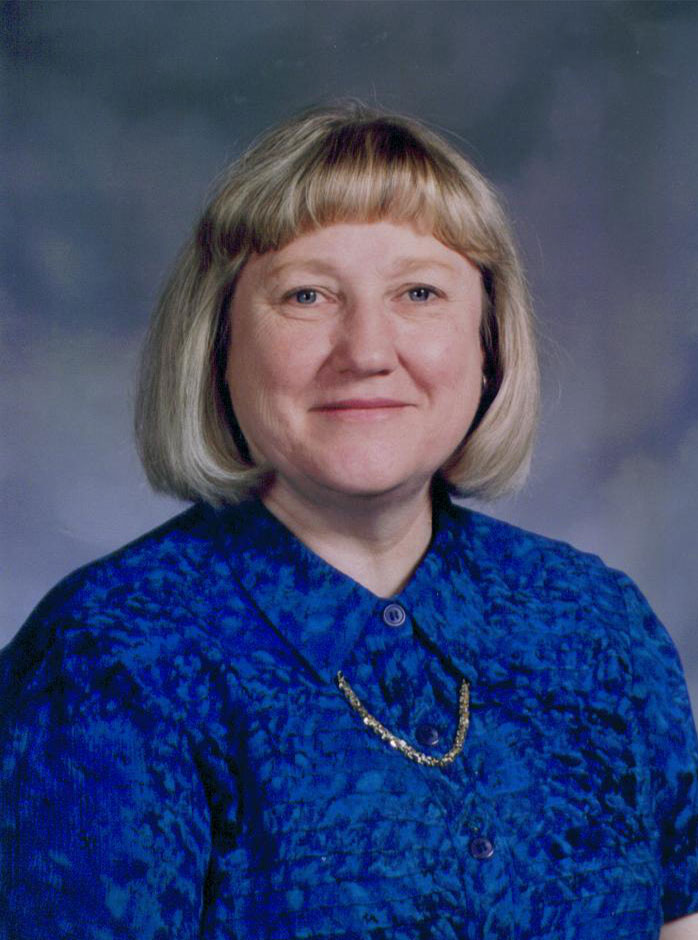



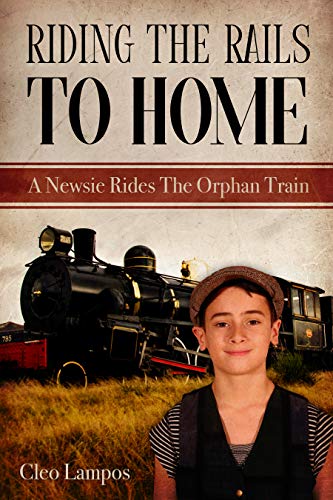

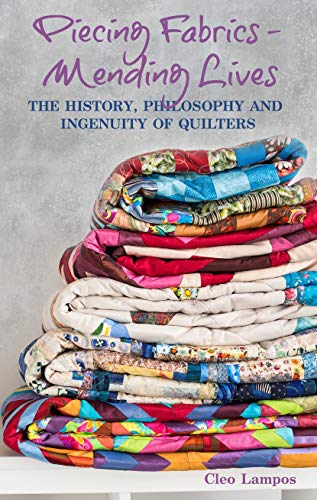
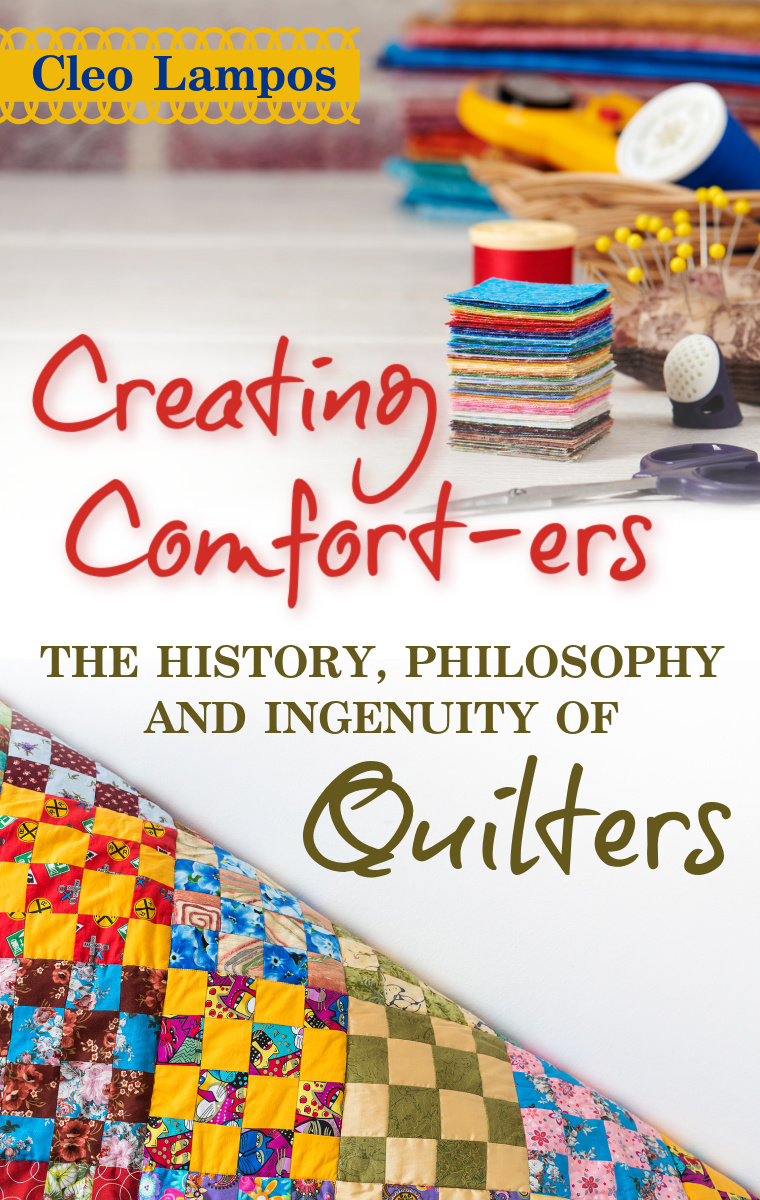

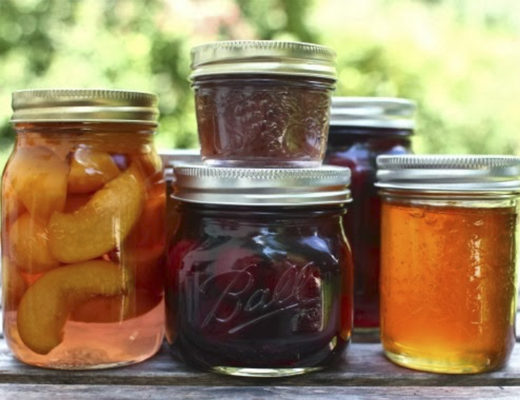
1 comments
Good to learn even a bit more about you here, Cleo. Lovely cover!
Comments are closed.